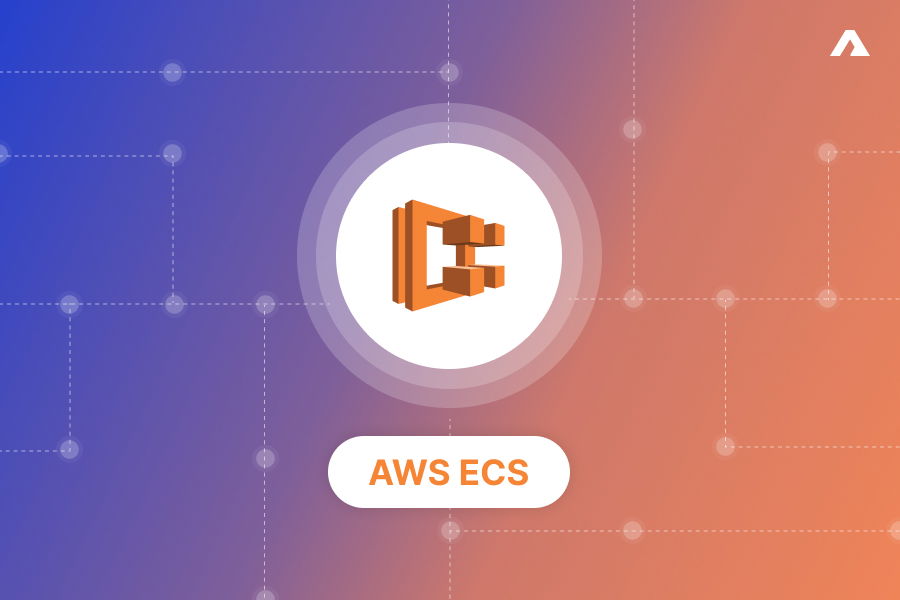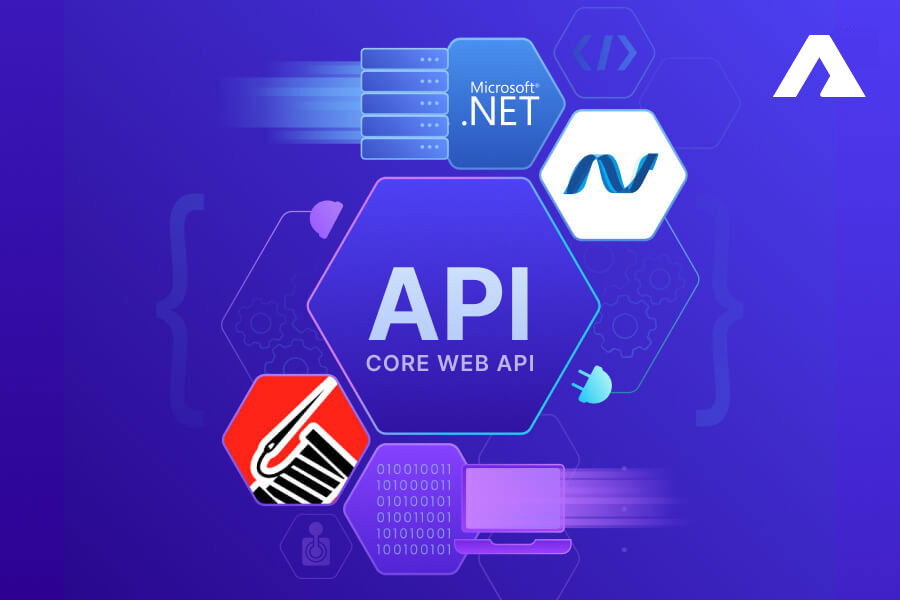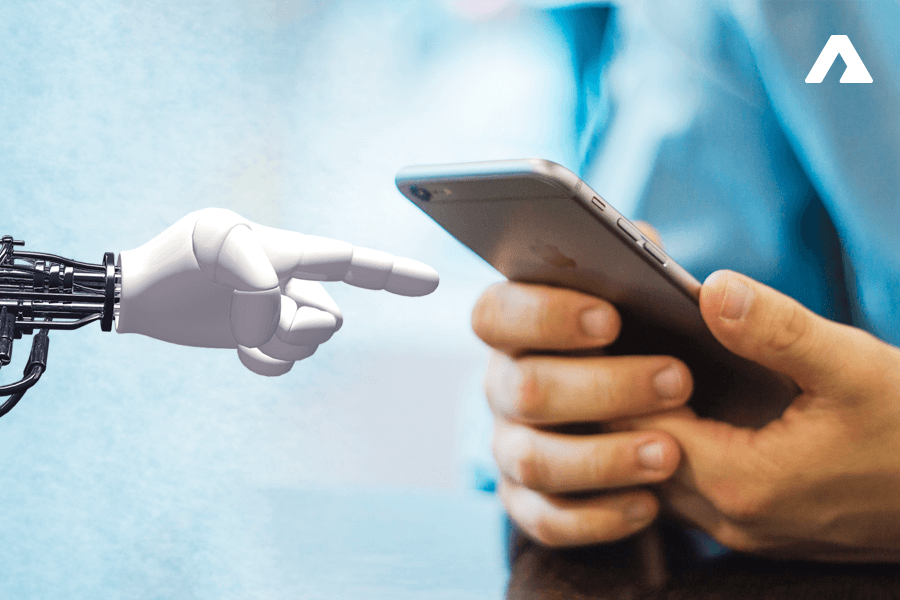Imagine if you were to live and work in the year 2030 in our world and beyond. Today, with the help of extended reality (XR), you can shop for a new house anywhere in the world making you feel like you are on the site.
Extended Reality is an immersive technology that can combine both virtual and physical worlds. The XR market is estimated to hit the $209 billion graph that is eight times today by the year 2022.
This progress could mean that our 2030 lives would become beyond today’s imagination.
Let’s find out what exactly these Extended Reality, Augmented Reality, Virtual Reality and Mixed Reality terms are all about and it all works and can have in store for us!
Extended Reality (XR)
XR is an increasingly used term for all immersive technologies. Some of these technologies that we already use today are Augmented Reality, Virtual Reality, and Mixed Reality.
There are many more in the process of making. All the immersive technologies out there extend reality by either offering a completely engaging experience or combining the real and virtual worlds.
According to research by Statista, the XR market will reach 18 Billion U.S. Dollars by 2023. To understand the XR technologies clearly, let’s take a look at the technologies existing today:
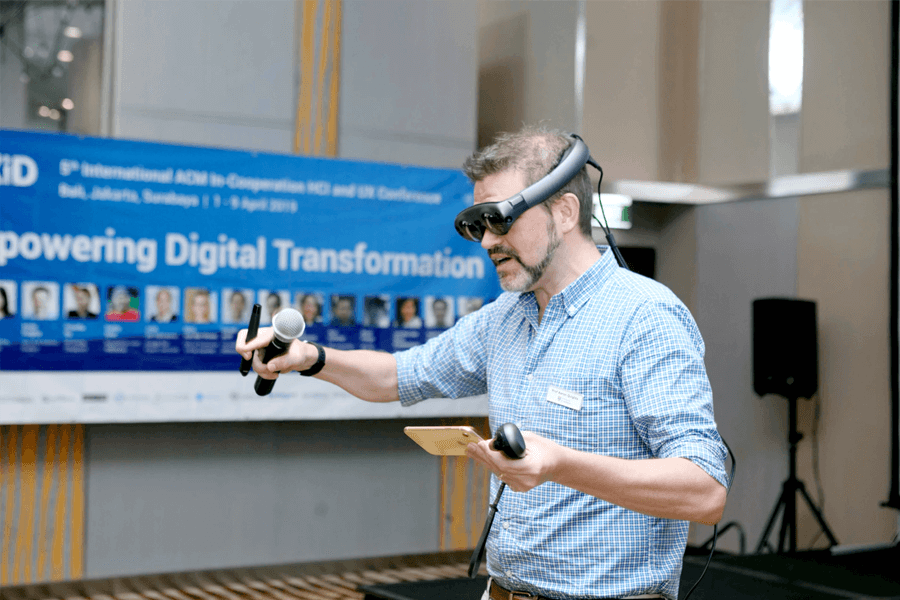
Extended Reality Applications for Business
Some of the applications of XR are given below:
- Retail Industry: XR provides the customer with the ability to try out things before they buy. The watch manufacturer Rolex possesses an AR app that allows you to wear the watch on your wrist virtually. The furniture company IKEA provides customers with the ability to put their furniture items into their homes through their smartphones.
- Training Modules: There is a lot that XR can do for soldiers, pilots, chemists, astronauts, healthcare professionals, and many more. It can help these people in providing training tools that are virtually realistic and train them to figure out more solutions in how to respond to threatening circumstances without having to put anyone else’s or their lives at risk.
- Remote Work: There can be communication connectivity between workers with the professionals at the home office that are located at any corner of the world. This can make them all feel like working in a single office.
- Marketing: Marketing professionals can use this XR technology to engage with existing customers and consumers. This will make them work better, smoother, and with greater productivity.
- Real Estate: If individuals can walk across spaces to decide if they want a house or not in a certain location then XR technology eases the work to find buyers or tenants.
- Entertainment: The entertainment industry is working on new ways to utilize immersive technologies.
Challenges of XR
There are many challenges in the way XR to be adopted in the mainstream. The XR technology first collects vast amounts of data about what you look at, what you do, and many of your emotions that you intend to protect.
Additionally, the implementation cost of this technology should be reduced or many businesses would not invest in it.
It is important to make the wearable devices that provide a seamless XR experience, to be fashionable, comfortable, intelligent, immersive, and connected.
There are some hardware and technical issues. These are not restricted to power and thermal, connectivity, common illumination, display, and motion tracking issues.
In these circumstances, virtual objects cannot be separated from the real world, especially as the lighting shifts.
Every day, we are making progress to solve these issues hence we could see many more mainstream applications of different XR technologies in the coming years.
Augmented Reality (AR)

Virtual elements and objects are immersed in the real world in augmented reality. Augmented Reality has objects and virtual information overlaid in the real world.
Hence, this experience highly evolves the real world with digital details like text, animation, and images. The experience can be viewed via AR glasses or tablets, smartphones, and screens.
This implies that users are not cut off from the real world and still can interact and see what is going on in front of them.
The best examples of this experience are the Snapchat filters that virtually put digital objects like glasses or hats over your head or the Pokemon GO game that puts digital creatures in the real world.
Augmented reality is just progressing even more and is one of the largest technology trends right now. As AR ready smartphones and different other devices are becoming more and more accessible to the world, it is going to get even bigger.
AR allows us to view the real-life environment in front of us like kids playing soccer, trees swaying, and dogs chasing a ball with an overlying digital augmentation on it.
For instance, you can view a pterodactyl landing on the trees, dogs hitting it off with their digital counterparts, and kids can be seen scoring a goal past the alien spacecraft.
With the progress in AR technology, such examples are already available for your smartphone. This technology is, however, available in a variety of systems.
Like in the Snapchat lenses, the app can allow you to search your car in crowded parking areas, and many shopping apps using which you can find and try clothes on from home and not going out in person.
The Pokemon Go app is the most prominent example of Augmented Reality that was released in 2016 and rapidly became a worldwide sensation.
In this game, players find and capture Pokemon that appear in the real world in a fountain, on a sidewalk, or even in a bathroom.
Virtual Reality (VR)
Unlike the AR, in a VR experience, users are completely engaged in a virtually simulated digital environment.
Users must wear a VR headset on their head to acquire a 360-degree view of a virtual world that forces their brain to believe that they are swimming under the ocean, living in a new world that the VR developers created, or even walking on the moon.
This technology was developed early on by the gaming and entertainment industry. However, now this technology is applied in other industries as well as construction, military, healthcare, and engineering.
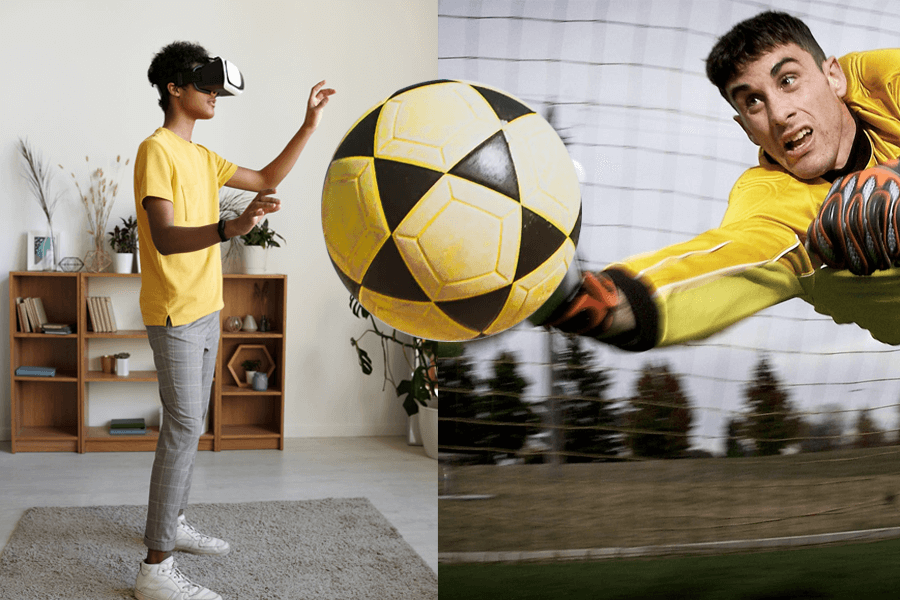
The creation of a simulated environment using computer technology is regarded as Virtual Reality (VR). Unlike in Augmented Reality, VR places the user completely within the simulated environment.
Instead of a display screen in front of them, VR brings users inside the world where they can interact with the 3D worlds. Due to the simulation of senses like sight, sound, touch, and even smell, the computer acts as a gateway to this virtual world.
The only restrictions to VR experiences are the cheap computing power and the availability of the content.
Virtual Reality Technology
The head-mounted display (HMD) is the most prominently recognizable component. As Humans are visual beings the display technology is the fine line that divides the immersive Virtual Reality systems and the traditional user interfaces.
For example, CAVE is a kind of VR that displays virtual content onto room-sized screens and is an automatic virtual environment. It might be fun and interesting for people in the big labs and universities but they cost a fortune when embedded in consumer and industrial wearable.
Due to the increase in emerging hardware and software options, the future of wearable is just unraveling however, is still unknown. Ideas like Playstation VR, Oculus Quest, and HTC Vive Pro Eye are on the rising curve.
However, there are also competitors like Apple, Lenovo, Google, Samsung that may be the dark horse of the VR industry and surprise many with new levels of usability and immersion.
The one that can build a helmet-sized device that can function in a living room, factory floor, or office will make the HMD’s center stage based on the VR technologies.
Virtual Reality and the Significance of Audio
It takes more than just graphics to build Virtual Reality applications. Sight and sound are both the central aspects of a person’s sense of space. It is a fact that human beings are more prone to audio cues than visual ones.
Hence to create a completely immersive Virtual Reality experience, precise environmental sounds, and spatial characteristics should be developed as well.
These create a powerful presence in the virtual world making it look seamlessly natural. Put on some headphones to experience the binaural audio details that support the Virtual Reality experience.
Mixed Reality (MR)
Real-world and digital components can co-exist in mixed reality and also can interact with each other in real-time. This is the latest technology which is considered a hybrid reality.
It requires a high amount of processing power as well as an MR headset. One of the prominent examples is the Microsoft HoloLens.
It lets you put a digital object into the room and gives you the ability to interact with it or spin it around in any way possible.
There are many different approaches that companies are trying to put to solve problems, enhance businesses, and support initiatives.
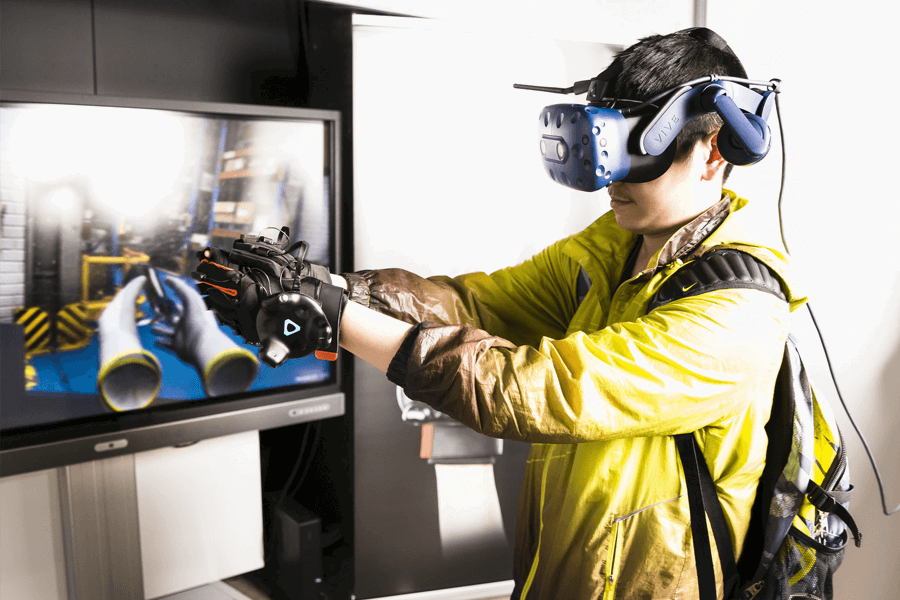
Mixed Reality reveals the missing links between environment interactions, humans, and a computer and is a combination of physical and digital spaces.
This technology is influenced by advancements in display technology, graphical processing potential, input systems, and computer visions.
The term Mixed Reality came into use for the first time in a paper published by Fumio Kishino and Paul Milgram in their “A Taxonomy of Mixed Reality Visual Display” in 1994.
Their paper talks about the indexing of taxonomy used to display and theory of the virtuality continuum. The usages of Mixed Reality have blown off since then including:
- Environmental system
- Positioning and locations in real and virtual environments
- Spatial sound
The Mixed Reality Spectrum
As Mixed Reality is a hybrid of both digital and physical worlds, such realities specify the different edges of a spectrum called virtuality continuum.
This includes the group of realities as the Mixed Reality Spectrum. The left side is about the physical reality where humans survive and the right exists digital reality.
In many applications across different fields like entertainment, military training, and art, mixed reality has been applied.
1. Interactive Product Content Management (IPCM)
Ranging from catalogs of fixed products to interactive 3D digital images, this solution has software products that include scaleable license models.
2. Remote Working
Through mixed reality a worldwide team of businesses can work in collaboration to handle any business threat.
Regardless of their location, an employee using noise-canceling headphones and a headset enters an immersive and collaborative environment.
These systems can precisely change into real-time, language differences are not a problem. Flexibility is also increased by this.
Employees that have greater liberty on how, when, and where they opt to work are more productive instead of the ones that utilize fixed working time and location.
Some people work in a loud work environment and some require silent ones. Some work perfectly in the morning while others work at night.
They also get an advantage from the way they prefer to work as it helps them in multiple ways of transmitting data.
The classic system for learning different styles divided between Auditory, Kinesthetic, and Visual learners.
3. Simulation-based Learning (SBL)
The development of e-learning to s-learning is obvious which is also called simulation learning including VR-based training and experiential, interactive learning.
There are also many software and display solutions with a scalable licensed curriculum development model.
Synopsis
AR, VR, and other technologies like Extended Reality are going to become the future of the technology ecosystem. It is going to make lives easier, simpler, and more manageable but not without some potential threats.
Better to use these technologies suiting your business needs and will full cybersecurity. It will not only help your business function better and faster it will also help you stay ahead of the competition.
All product and company names are trademarks™, registered® or copyright© trademarks of their respective holders. Use of them does not imply any affiliation with or endorsement by them.




 Insurance
Insurance









